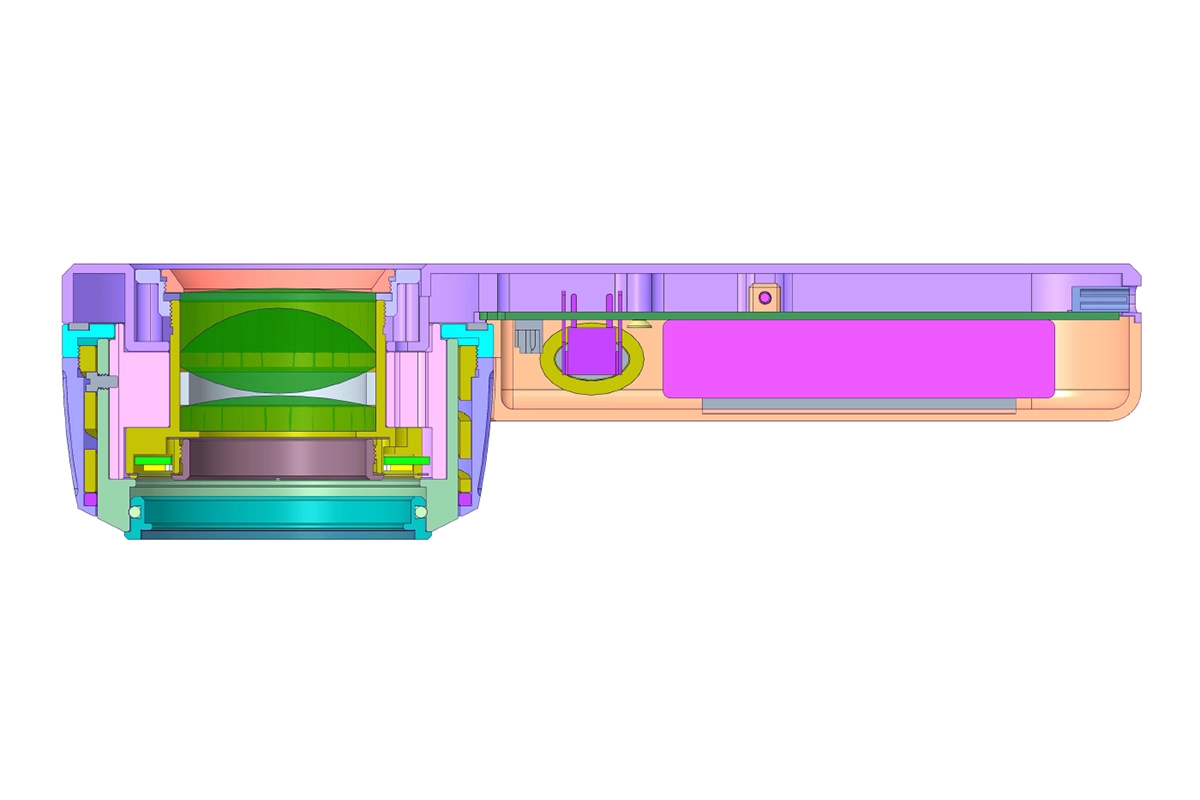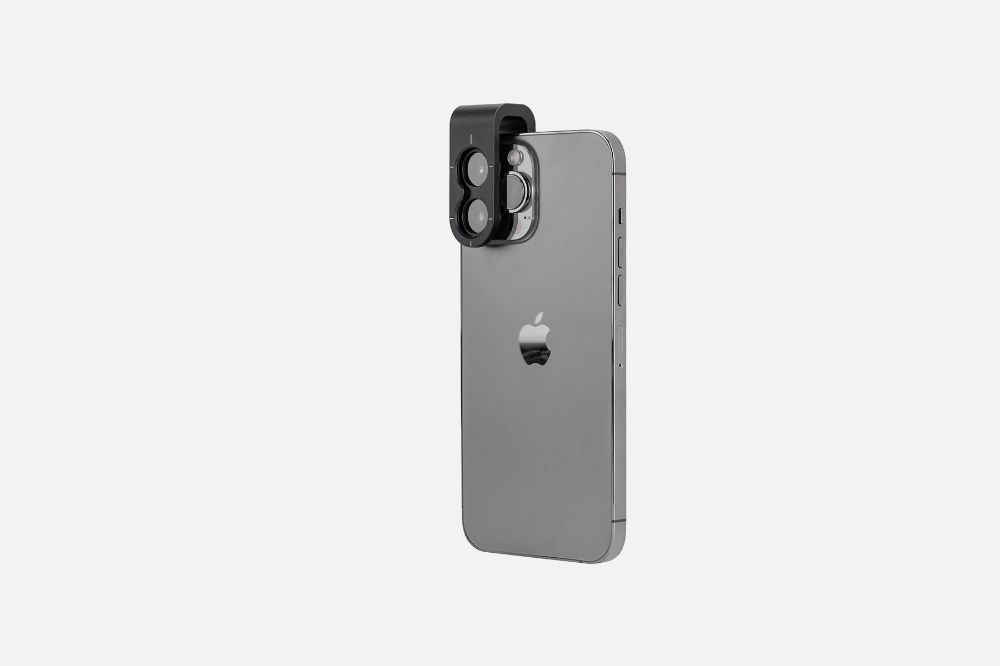Article
Why Do We Need Sun Protection
Sunlight, while essential for life, contains ultraviolet (UV) radiation that can be harmful to the skin. UV rays are divided into three types: UVA, UVB, and UVC. UVC rays are mostly absorbed by the Earth’s atmosphere, but UVA and UVB rays reach the surface and can cause significant damage.UVA rays penetrate deeply into the skin,…
Sunlight, while essential for life, contains ultraviolet (UV) radiation that can be harmful to the skin. UV rays are divided into three types: UVA, UVB, and UVC. UVC rays are mostly absorbed by the Earth’s atmosphere, but UVA and UVB rays reach the surface and can cause significant damage.
UVA rays penetrate deeply into the skin, causing long-term damage such as premature aging, wrinkles, and age spots. UVB rays, on the other hand, are responsible for sunburns and directly damage the skin’s DNA, increasing the risk of skin cancer. Even on cloudy days, UV rays can penetrate through the clouds and cause damage. Additionally, repeated sun exposure can lead to a leathery appearance of the skin and discoloration.

How Does Sun Exposure Increase the Risk of Skin Cancer?
The link between UV radiation and skin cancer is well-established. According to the Skin Cancer Foundation, about 90% of melanoma cases, the most dangerous form of skin cancer, are caused by accumulated exposure to the sun’s UVA rays. UV rays can damage the DNA in skin cells, leading to genetic mutations that can result in cancer. Even a single sunburn can increase the risk of melanoma, and multiple sunburns in childhood can significantly raise the risk of developing skin cancer later in life.
Skin cancer is the most common form of cancer in the United States, with more cases diagnosed annually than breast, prostate, lung, and colon cancers combined. The good news is that most skin cancers are preventable with proper sun protection.
Which Skin Cancers Are Closely Related to Sun Exposure?
Sun exposure is a major risk factor for several types of skin cancer. The primary types of skin cancer that are closely linked to sunlight include basal cell carcinoma (BCC), squamous cell carcinoma (SCC), and melanoma.
Basal Cell Carcinoma is the most common type of skin cancer and often develops on sun-exposed areas such as the face, ears, and neck. It is associated with cumulative sun exposure over time, as well as intermittent intense sun exposure, such as during vacations.
Squamous Cell Carcinoma is another common skin cancer that frequently appears on sun-exposed areas like the face, ears, and hands. SCC is linked to both cumulative sun exposure and intense, intermittent sun exposure. Occupational sun exposure, such as that experienced by outdoor workers, also significantly increases the risk of developing SCC.
Melanoma is the most dangerous type of skin cancer and is strongly associated with sun exposure, particularly intense, intermittent sun exposure that leads to sunburns. Studies have shown that having multiple sunburns, especially during childhood and adolescence, can significantly increase the risk of developing melanoma later in life. Melanoma can develop on any part of the body, including areas not typically exposed to the sun, but it is more common on sun-exposed areas.

What Are Effective Sun Protection Measures?
Protecting your skin from the sun is crucial, especially during peak UV hours (10 a.m. to 4 p.m.). Here are some effective measures:
Wear Sunscreen: Use a broad-spectrum sunscreen with an SPF of at least 30. Broad-spectrum sunscreens protect against both UVA and UVB rays. Apply sunscreen generously to all exposed skin, including the face, neck, ears, and tops of the feet. Reapply every two hours, or more frequently if you are swimming or sweating.
Wear Protective Clothing: Clothing can provide a physical barrier against UV rays. Choose long-sleeved shirts, long pants, and wide-brimmed hats. Some clothing is labeled with an Ultraviolet Protection Factor (UPF), which indicates how much UV radiation the fabric can block.
Seek Shade: Whenever possible, stay in the shade, especially during peak sun intensity hours. This can significantly reduce your exposure to harmful UV rays.
Wear Sunglasses: UV-blocking sunglasses protect the eyes and the sensitive skin around them from UV damage, reducing the risk of cataracts and other eye problems.
Avoid Tanning Beds: Tanning beds emit UV radiation, which can be even more harmful than natural sunlight. The World Health Organization has classified UV radiation from tanning beds as a carcinogen.

How Can We Make Sun Protection a Daily Habit?
Incorporating sun protection into your daily routine is essential for long-term skin health. Here are some tips:
Apply Sunscreen Daily: Make sunscreen application a part of your morning routine, just like brushing your teeth. Keep sunscreen near the door or in your bathroom to remind you to apply it.
Use Sunscreen with Makeup: While makeup with SPF can provide some protection, it is not enough on its own. Apply a separate layer of sunscreen under your makeup.
Check the Expiration Date: Sunscreen can lose its effectiveness over time, so always check the expiration date before use.
Educate Children: Teach children the importance of sun protection from a young age. Establishing good habits early can help reduce the risk of skin cancer later in life.
Is Sun Protection Necessary for All Skin Types?
Sun protection is essential for everyone, regardless of skin type. While darker skin tones have more melanin, which provides some natural protection against UV radiation, it is not sufficient to prevent skin damage or skin cancer. People with darker skin are often diagnosed with skin cancer at more advanced stages, leading to poorer outcomes. Therefore, it is crucial for everyone to practice sun protection measures.
In conclusion, sun protection is vital for maintaining healthy skin and reducing the risk of skin cancer. By understanding the harmful effects of UV radiation and adopting effective sun protection habits, we can enjoy the sun safely and protect our skin for years to come.






















